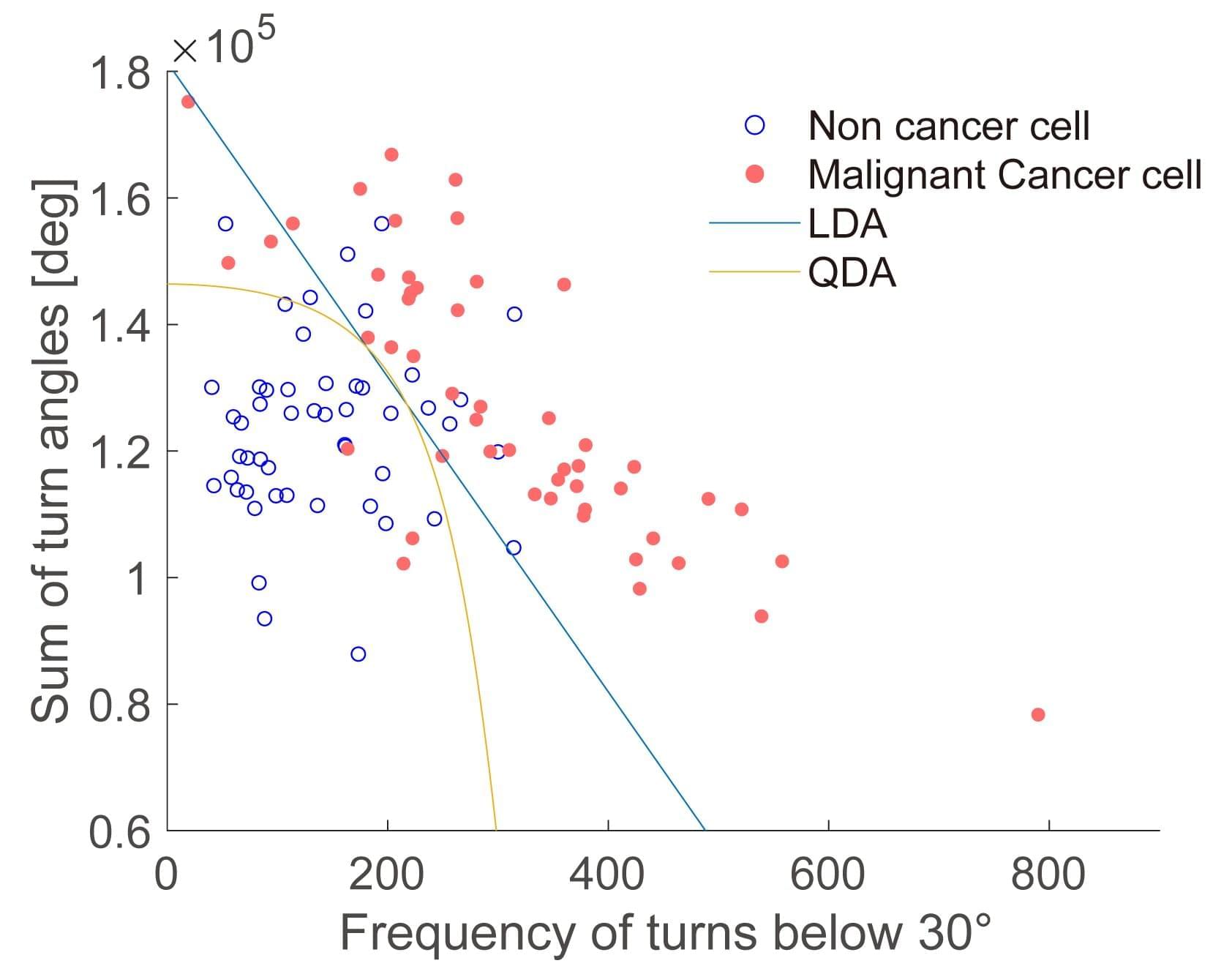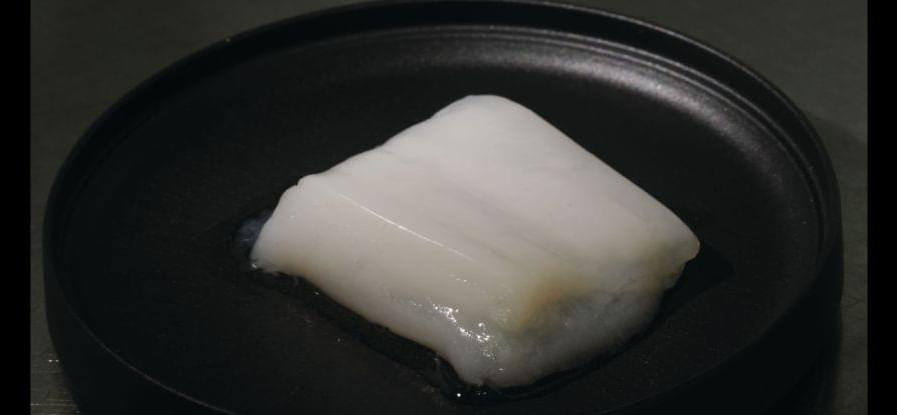Researchers at the University of Tokyo have developed a 3D cooling system that uses boiling water to dissipate heat from microchips up to seven times more efficiently than conventional methods.
]]>Until now, Google’s Android XR glasses had only appeared in carefully curated teaser videos and limited hands-on previews shared with select publications. These early glimpses hinted at the potential of integrating artificial intelligence into everyday eyewear but left lingering questions about real-world performance. That changed when Shahram Izadi, Google’s Android XR lead, took the TED stage – joined by Nishtha Bhatia – to demonstrate the prototype glasses in action.
The live demo showcased a range of features that distinguish these glasses from previous smart eyewear attempts. At first glance, the device resembles an ordinary pair of glasses. However, it’s packed with advanced technology, including a miniaturized camera, microphones, speakers, and a high-resolution color display embedded directly into the lens.
The glasses are designed to be lightweight and discreet, with support for prescription lenses. They can also connect to a smartphone to leverage its processing power and access a broader range of apps.
]]>
Researchers from Tokyo Metropolitan University have found that the motion of unlabeled cells can be used to tell whether they are cancerous or healthy. They observed malignant fibrosarcoma cells and healthy fibroblasts on a dish and found that tracking and analysis of their paths can be used to differentiate them with up to 94% accuracy.
Beyond diagnosis, their technique may also shed light on cell motility-related functions, like tissue healing. The paper is published in the journal PLOS ONE.
While scientists and medical experts have been looking at cells under the microscope for many centuries, most studies and diagnoses focus on their shape, what they contain, and where different parts are located inside. But cells are dynamic, changing over time, and are known to be able to move.
]]>
Quantinuum’s 56-bit trapped-ion computer has succeeded in demonstrating randomness in quantum circuits to establish secure, private connections
]]>
A new study shows that altering the ISS and TOR pathways in roundworms can extend lifespan by 500 percent.
]]>
The agricultural production of food comes with substantial greenhouse gas emissions and impacts on the environment. Dietary fats, a staple of human diet, might be produced chemosynthetically with a fraction of the detrimental effects on the environment.
]]>
Researchers are closer to growing chicken nuggets in the lab, thanks to the use of tiny hollow fibers that mimic blood vessels.
While cultured meat has been advancing for some time now, it’s been limited to thin strips of less than a millimeter. Creating a thicker product with a familiar appeal has so far proven elusive.
“Replicating the texture and taste of whole-cut meat remains difficult,” explains biomedical engineer Shoji Takeuchi from The University of Tokyo.
]]>
As the world races to move away from fossil fuels, new research has uncovered an extraordinary and nearly untapped energy source hiding in plain sight— ocean currents. According to a landmark study by researchers at Florida Atlantic University (FAU), ocean currents can generate 2.5 times more power than wind farms. Even more stunning is their near-constant energy flow, making them one of the most reliable clean energy sources on Earth.
This isn’t a distant dream or a futuristic concept—it’s science-backed, data-verified, and happening now.
Ocean currents are massive, steady flows of water driven by a mix of wind, the Earth’s rotation, temperature gradients, and salinity differences. Unlike wind or solar energy, which vary with weather and daylight, ocean currents flow predictably and consistently year-round.
]]>
Indentation in bilayer epitaxial graphene induces its reversible transformation into a diamond-like structure with stiffness and hardness comparable to diamond.
]]>

